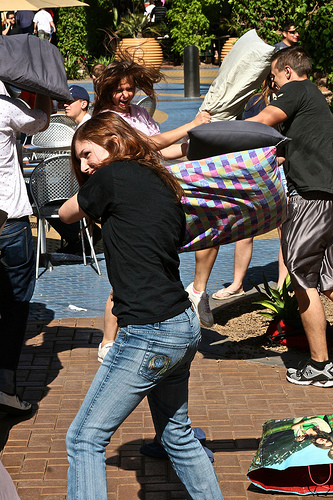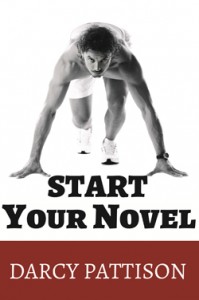
Here’s another creative writing prompt for your 750 words, a challenge to write 750 words each day to better Think Like a Writer. Read more here.
To think like a writer, you must learn to write in scenes as one of the basic creative writing prompts. A scene is a set of contained actions and most writers have sort of an idea about how it goes. But they go wrong in several ways.

First, a scene is a series of actions and reactions. Something happens, something happens in response to that first action, then another action happens in response to the second and so on. A scene is not a time for reflection upon the back story or why the characters are in this situation. It is a time for action, then reaction.
This means that you must devise a series of actions for your scene. This is sometimes called a beat sheet, with each beat one action. The actions do not have to be large, it might be something as simple as turning your head in the direction of a sound. But it can’t be thinking about the sound. Yes, you can include an action, a thought, then the reaction; but the emphasis is on the action.
Many scenes go awry when the character slows down to think things through. Yes, that’s a variation of how a scene might go. But think about how that would look on the big screen in a movie. In the middle of Mission Impossible, a character stops to think about what might happen if he doesn’t fight the villain in front of him. Right. Character is dead. That’s an extreme example, of course, but it illustrates what I want to say. Keep the action going! After the scene is over, spend a couple pages if you want of explanation about why this happened and back story and flashbacks and memories. Just keep it out of the scene itself.
Action. Thought or emotion. Reaction. Thought or emotion. Action. Thought or emotion. Reaction. Thought or emotion.
You can also add in a description or two, here or there, of course.
Opening scenes are particularly susceptible to being weakened by the author’s need to set things up with explanatory narrative, flashbacks or long descriptions. Keep the balance light and the pace quick. There’s time enough later for the reader to learn about what your character did at age five and why they are so aggravated with the friend who is pulling them toward the lake.
Today, practice writing a scene. Start with these basics.
- What is your character’s basic goal in the scene?
- What complications will keep the character from reaching that goal?
- What disaster will end the scene?
- Why does this scene matter?
- Where does this scene take place?
- List possible beats, small actions that could keep the scene moving.
- Is there a place where the scene’s dynamics seem to shift, a fulcrum point where possible success turns to disaster? If not, can you plan one.
OK, NOW, you can write your scene. If it is an opening scene, I absolutely forbid you to put in any back story, narrative explanations, or memories. Put me solidly in a scene, give enough details that I am never confused about who, what, when, where and keep the pace moving. Think like a writer: think in scenes.
Start Your Novel
Buy on Amazon

You want to write a novel, but you don’t know where to start. You have a great idea and–well, that’s all. This book explains the writing process of starting a novel in six winning steps.
Starting the Journey
Why Editors Focus on Page 1
STEP ONE: Clarify Your Idea
STEP TWO: Review Your Skills
STEP THREE: Plan the Opening Chapter
STEP FOUR: Plan the Opening Line
STEP FIVE: Now, Write!
STEP SIX: Revise
One thought on “0”
Comments are closed.